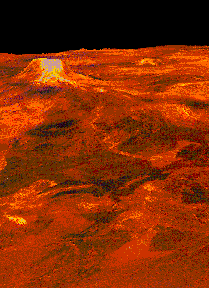This is an image of Venus.
Click on image for full size
NASA/JPL
Volcanic Formations of Venus
One reason scientists think that Venus has a thick crust comes from the shape of the volcanoes of Venus. (This is a different reason than in the case of Mars).
In the long time in which the volcanoes exist, there has not been a form of erosion called "slumping". Over time, volcanoes slump, like icecream in a dish which is left out too long. An example of slumping is found on Jupiter's moon Callisto.
This means that the crust of Venus has a significant amount of strength to it, and cannot be bent or deformed, as in the case of the Earth. Thus the lithosphere cannot subduct. It stays in place and thickens by cooling gradually.
You might also be interested in:

How did life evolve on Earth? The answer to this question can help us understand our past and prepare for our future. Although evolution provides credible and reliable answers, polls show that many people turn away from science, seeking other explanations with which they are more comfortable.
...more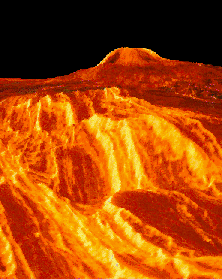
Unlike the Earth's crust, the crust of Venus is very rigid. On Earth, the lithosphere can be pushed aside in response to the warmth of the Earth. The crust then subducts, melts, and becomes part of the
...more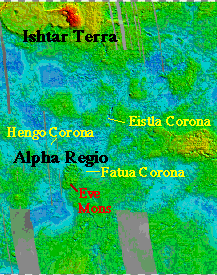
Alpha Regio is an example of what is known as a "Plateau Highland" of Venus. The only volcano known to be found on Alpha Regio is Eve Mons. A Plateau Highland is like a continent, and is different from
...more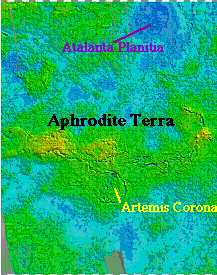
Aphrodite Terra, the Greek name for the goddess Venus, is about the size of half the continent of Africa, and is to be found along the equator of Venus. Aphrodite Terra is different from Ishtar Terra in
...more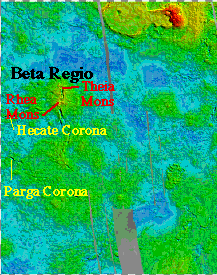
Beta Regio is an example of what is known as a volcanic rise, which makes Beta Regio more like an island than a continent. Volcanic rises such as Beta Regio are broad, sloping highlands over 1000 miles
...more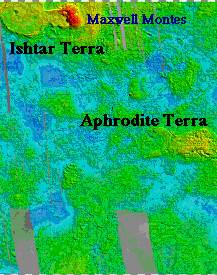
Ishtar Terra is one of the Plateau Highlands of Venus, is found near the north pole, and is about the size of the continental United States. Ishtar Terra contains the four main mountain ranges of Venus
...more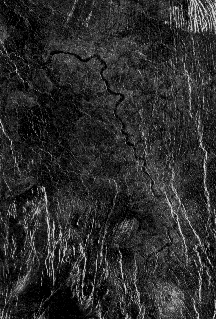
This image clearly shows a channel where something once flowed. Without proper measurements, scientists can only guess what sort of liquid may have once flowed through this channel. On Earth, such channels
...more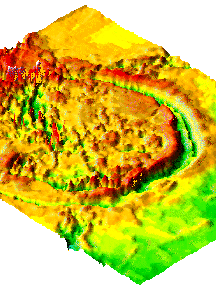
The feature of Venus' geography called a "Corona" is a deep, curving, trench surrounding an elevated plain. Coronae is the plural term for corona. This is an image of Artemis Corona which is found on Aphrodite
...more


